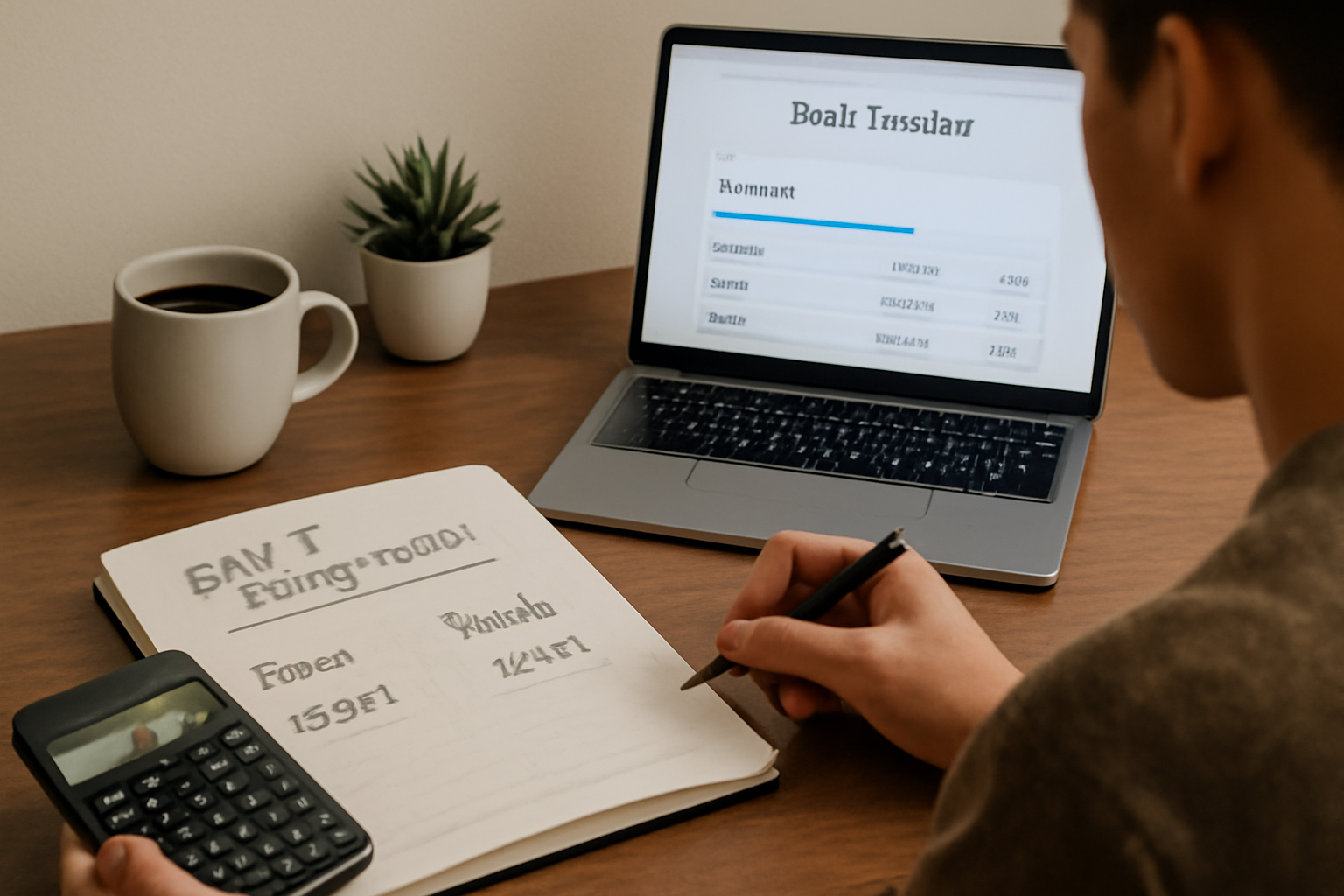Introduction:
Paying off debt can feel like a daunting task, especially if you’re juggling multiple loans or credit card balances. However, with the right strategies and a focused approach, you can pay off debt quickly and regain financial freedom. This article will guide you through effective methods to pay off debt and help you create a clear plan to eliminate your liabilities.
Step 1: Understand Your Debt
The first step in paying off debt is understanding the full scope of what you owe. Create a list of all your debts, including credit cards, student loans, car loans, mortgages, and personal loans. For each debt, include the balance, interest rate, and minimum monthly payment. This will give you a clear picture of your financial obligations.
Step 2: Choose a Debt Repayment Strategy
There are several strategies you can use to pay off your debt more effectively. The two most popular methods are the debt snowball and debt avalanche strategies.
- Debt Snowball: This method involves paying off your smallest debt first while making minimum payments on your larger debts. Once the smallest debt is paid off, you move on to the next smallest, and so on. This method is great for building momentum and staying motivated.
- Debt Avalanche: This method focuses on paying off the debt with the highest interest rate first, which saves you the most money in the long run. After that, you move on to the next highest interest rate, and so on. This strategy is more mathematically efficient, but it may take longer to see results.
Step 3: Reduce Your Expenses
In order to pay off debt quickly, you may need to cut back on discretionary spending. Review your budget and identify areas where you can reduce costs. This might include canceling subscriptions, eating out less, or finding more affordable alternatives for entertainment.
Step 4: Increase Your Income
Increasing your income can help you pay off debt faster. Consider taking on a part-time job, freelancing, or selling unused items around the house. Direct any additional income toward your debt payments to speed up the process.
Step 5: Avoid Accumulating More Debt
As you work to pay off your existing debt, it’s important not to accumulate more. Avoid using credit cards for unnecessary purchases, and focus on paying down the debt you already have. If you need to make a large purchase, save for it in advance rather than relying on credit.
Step 6: Stay Consistent and Motivated
Paying off debt takes time and discipline. Stay consistent with your payments and remind yourself why you’re working toward becoming debt-free. Track your progress regularly and celebrate small milestones to stay motivated.
Conclusion:
Paying off debt is a challenging but rewarding journey. By choosing the right debt repayment strategy, reducing expenses, increasing income, and staying consistent, you can eliminate your debt and take control of your financial future. Remember, the key is to stay focused, be patient, and celebrate each victory along the way.
